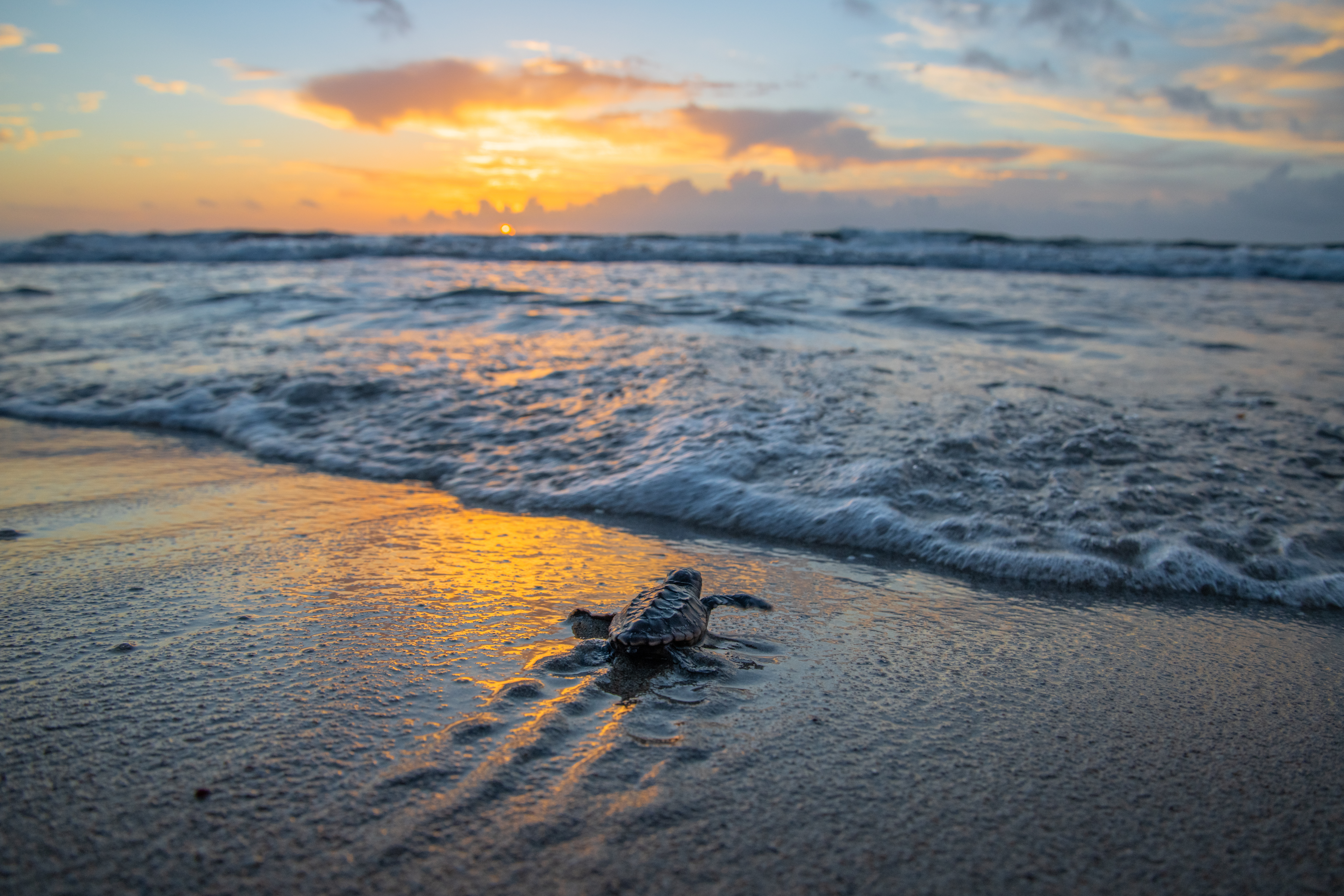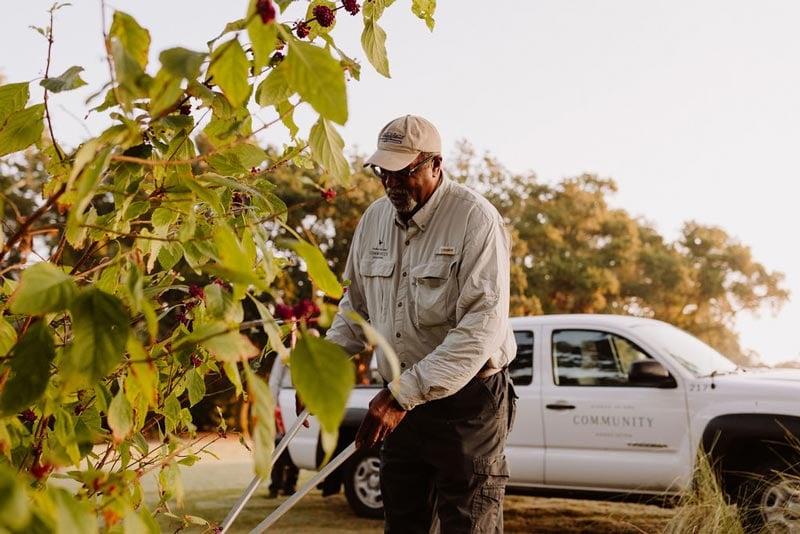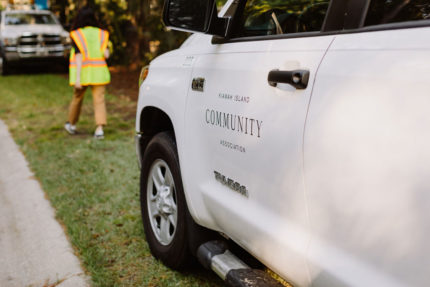Apr
30
2024

From The Blog
Help Sea Turtles Be Safe When They Visit Our Special Place
This time of year, nights on the island’s beach are even more magical than usual, as something important happens under the cover of darkness. From May to October, Kiawah gets special visitors: sea turtles laying eggs and then hatching, getting their first taste of the ocean from our beach.
SEA TURTLES ARE NESTING & HATCHING MAY-OCTOBER
Like much of the South Carolina coast, Kiawah has long been a birthplace for sea turtles, including Loggerheads, Leatherbacks, and, occasionally, Greens. Turtles generally begin visiting the island in May. The mothers come ashore at night, slowly crawling through the sand to make a nest by the edge of the dunes where she lays 100-150 eggs. Hiding her eggs as well as possible, she then heads back to the ocean, leaving the eggs vulnerable to various dangers, including light disorientation, nest disturbances and predation. That’s when island guardians take over.
KIAWAH PROPERTY OWNERS STEP UP TO SAVE NESTS & HATCHLINGS
The Kiawah Turtle Patrol started in the 1970s and made its mission to safeguard turtles and nests wherever they find them. Volunteers patrol the beach during the nesting and hatching stages of the turtle life cycle, documenting each nest and ensuring that conditions are favorable for hatchlings. For example, sometimes a nest is too far down the beach and volunteers move it before it is washed out by the tide. With their help, 70% of the eggs laid on Kiawah’s beach hatch compared with just 10% on beaches without nest protection. Incredibly, 75% of Kiawah hatchlings make it to the ocean, often with a team of volunteers to ensure they are not disturbed and to cheer them on.
LIGHTS AT NIGHT CAN DISORIENT SEA TURTLES WHO FOLLOW THE MOON
Mama sea turtles and their hatchlings use the light of the moon to guide them back into the ocean. Artificial light, from beachfront homes or flashlights on the beach, can lead them into the dunes, which could be life-threatening.
- If your property is visible from the beach, turn out all exterior lights from dusk to dawn. If any interior lights are visible from the beach or cast light on the beach, close blinds or drapes at 9 p.m. or turn them off.
- Don’t use flashlights on the beach at night during this time.
HOLES ON THE BEACH CAN ENDANGER SEA TURTLES
Don’t forget to fill in any holes dug on the beach at the end of the day, as adults and hatchling sea turtles can easily become trapped in them.
APPROACHING SEA TURTLES CAN PUT THEIR LIVES AT RISK
Observe sea turtles quietly from a distance – never approach or disturb a nesting sea turtle or hatchlings. If you see others approaching a sea turtle, kindly explain that they need to stay back.
- Keep your distance from nesting sea turtles. A mama turtle may become frightened, which can result in dumping her eggs in the ocean or laying her nest too close to the water. Both actions result in eggs that don’t hatch. It’s tempting to take pictures of this phenomenon, but keep your distance.
- Do not pick up hatchlings or try to help them into the ocean. Hatchlings must journey from their nest to the ocean in order to “imprint” on Kiawah’s beach. This imprint enables mature turtles to return to their own birthplace for nesting.
- Do not shine lights on or near a sea turtle, including cell phones and flash photography.
TRACK KIAWAH’S TURTLE NESTS
Throughout the nesting season, the Turtle Patrol updates the number of nests, the number of eggs, and the estimate for successful hatchings here.
Of Kiawah’s abundant wildlife, sea turtles are some of the most beloved. If you’d like to learn more about these amazing animals or find out how to get involved with the Kiawah Island Turtle Patrol, visit the Town of Kiawah Island’s Loggerhead Sea Turtle page.

